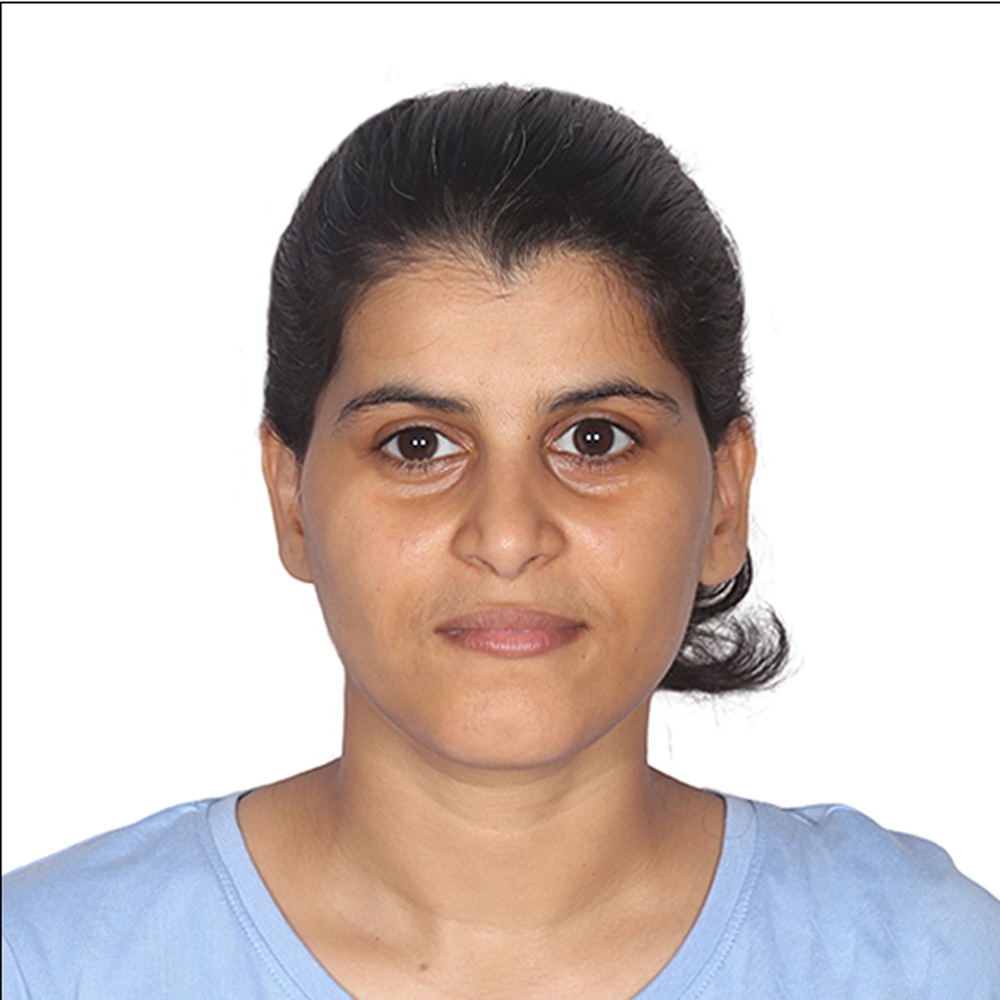
Shamini Warda
| Grant Category: | Fulbright-Nehru Postdoctoral Research Fellowships |
| Project Title: | Evaluating the role of attention in the internal clock model of timing |
| Field of Study: | Psychology |
| Home Institution: | Indian Institute of Technology (IIT) Bombay, Mumbai, Maharashtra |
| Host Institution: | University of California Berkeley , , CA |
| Grant Start Month: | March 2026 |
| Duration of Grant: | Twenty-four months |
Brief Bio:
Dr. Shamini Warda holds a PhD in Cognitive Psychology from the Department of Humanities and Social Sciences at the Indian Institute of Technology (IIT) Bombay. She earned a master’s degree in Cognitive Sciences from the Centre for Behavioural and Cognitive Sciences, University of Allahabad, and a bachelor’s degree in psychology from Mahatma Gandhi University, Kerala. Following PhD, she served as an Institute of Eminence Postdoctoral Fellow affiliated with the Department of Biosciences and Bioengineering at IIT Bombay. She has also been an Academic Research Visitor at the Institute of Psychiatry, Psychology and Neuroscience at King’s College London.
Dr. Warda’s research interests lie at the intersection of cognition and action, with particular emphasis on human timing and time perception. Her PhD work investigated how various predictive processes influence the human perception of time. During her postdoctoral tenure at IIT Bombay, she integrated her knowledge of experimental psychology with motor control research and addressed questions pertaining to how timing affects whole-body movement and, conversely, how movement can influence temporal judgments. She has published articles in reputed international journals. She is a recipient of the Kuppuraj-Bishop study visit award from the Experimental Psychology Society.
As a Fulbright-Nehru Postdoctoral Research Fellow at the University of California, Berkeley, under the mentorship of Prof. Richard Ivry, Dr. Warda is seeking to advance the understanding of attentional influences on the internal clock model, examining how distinct sub-processes of attention modulate parameters of the internal clock and is investigating contributions of sub-cortical structures, particularly the cerebellum and basal ganglia.